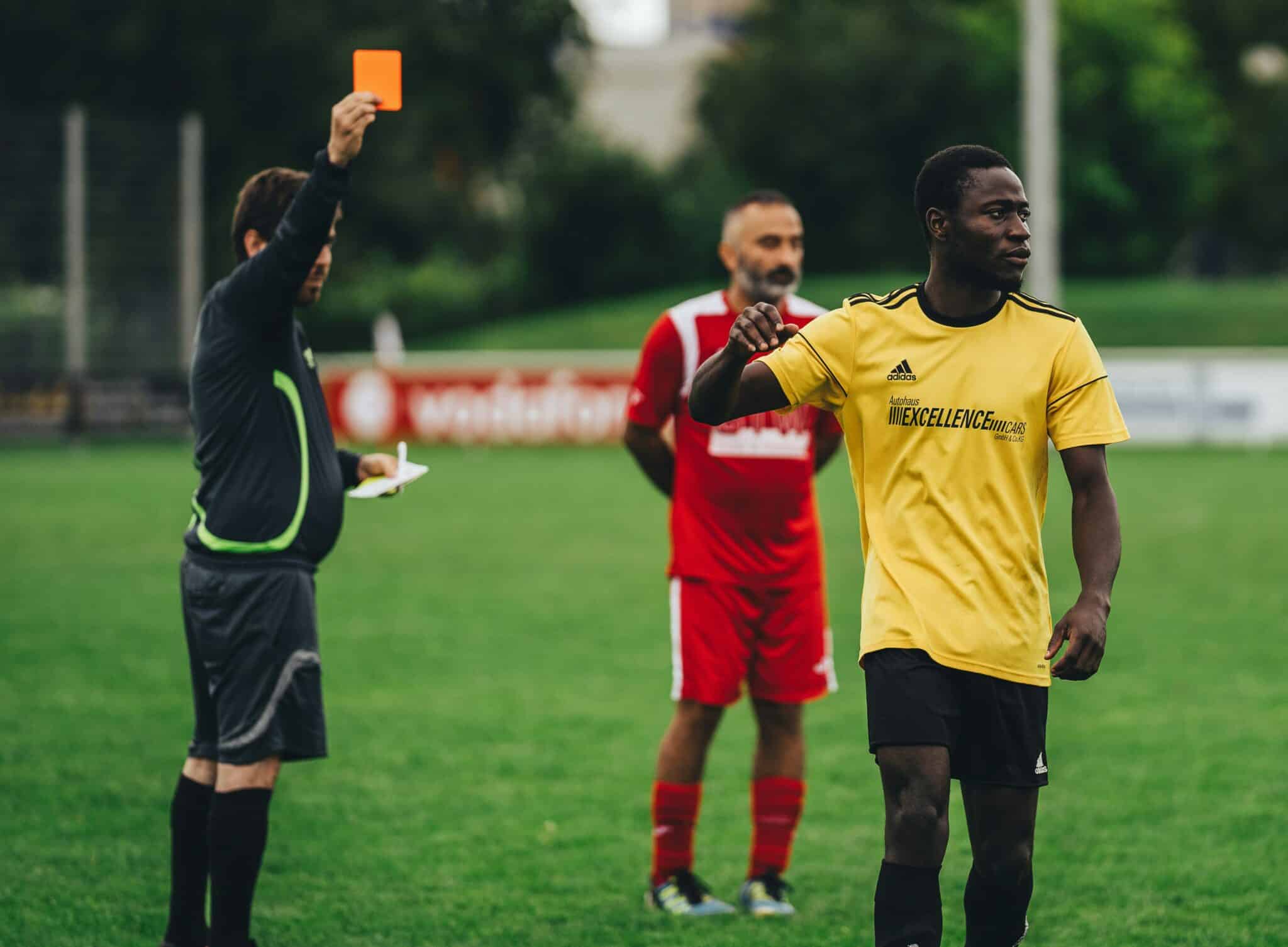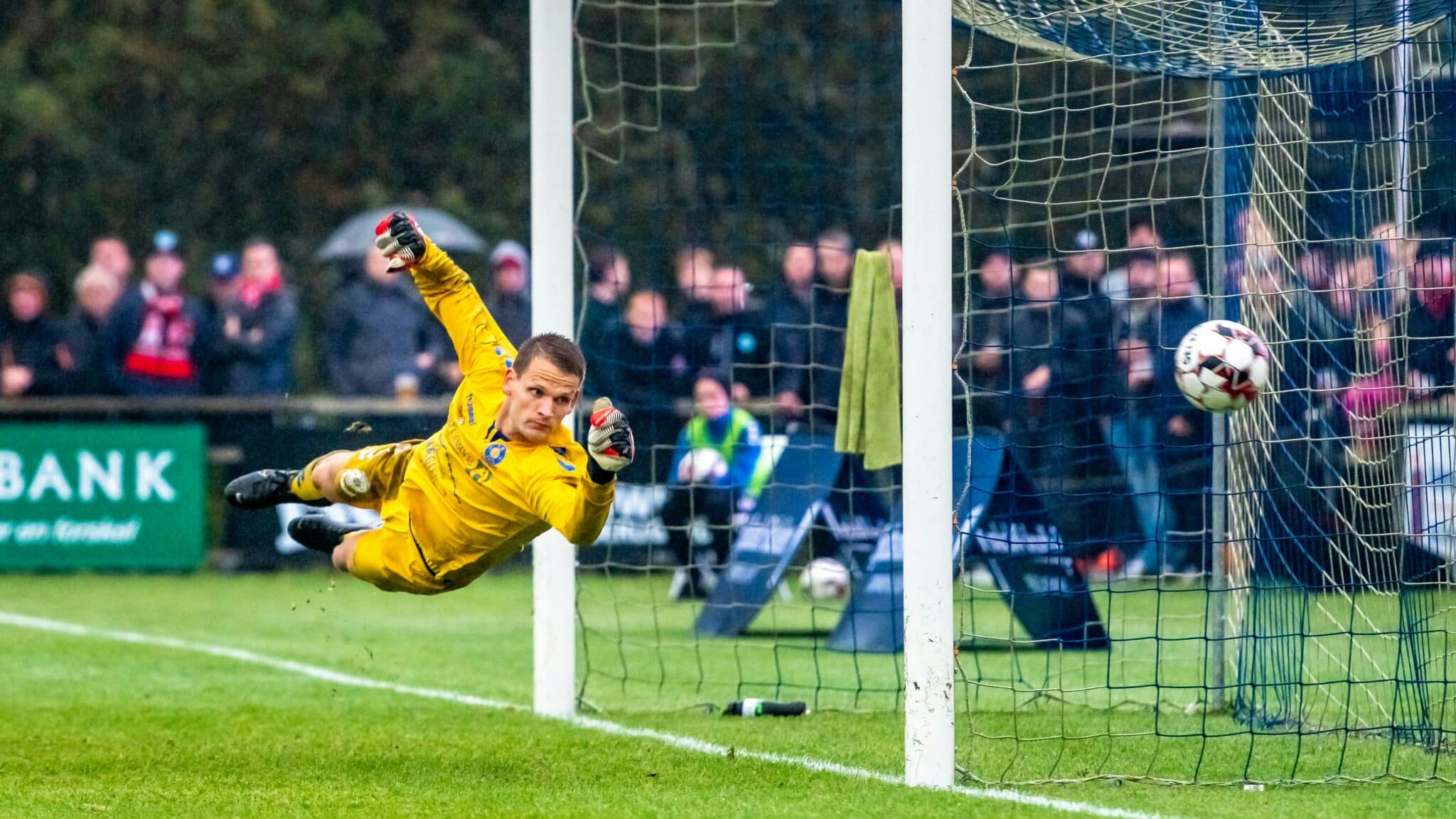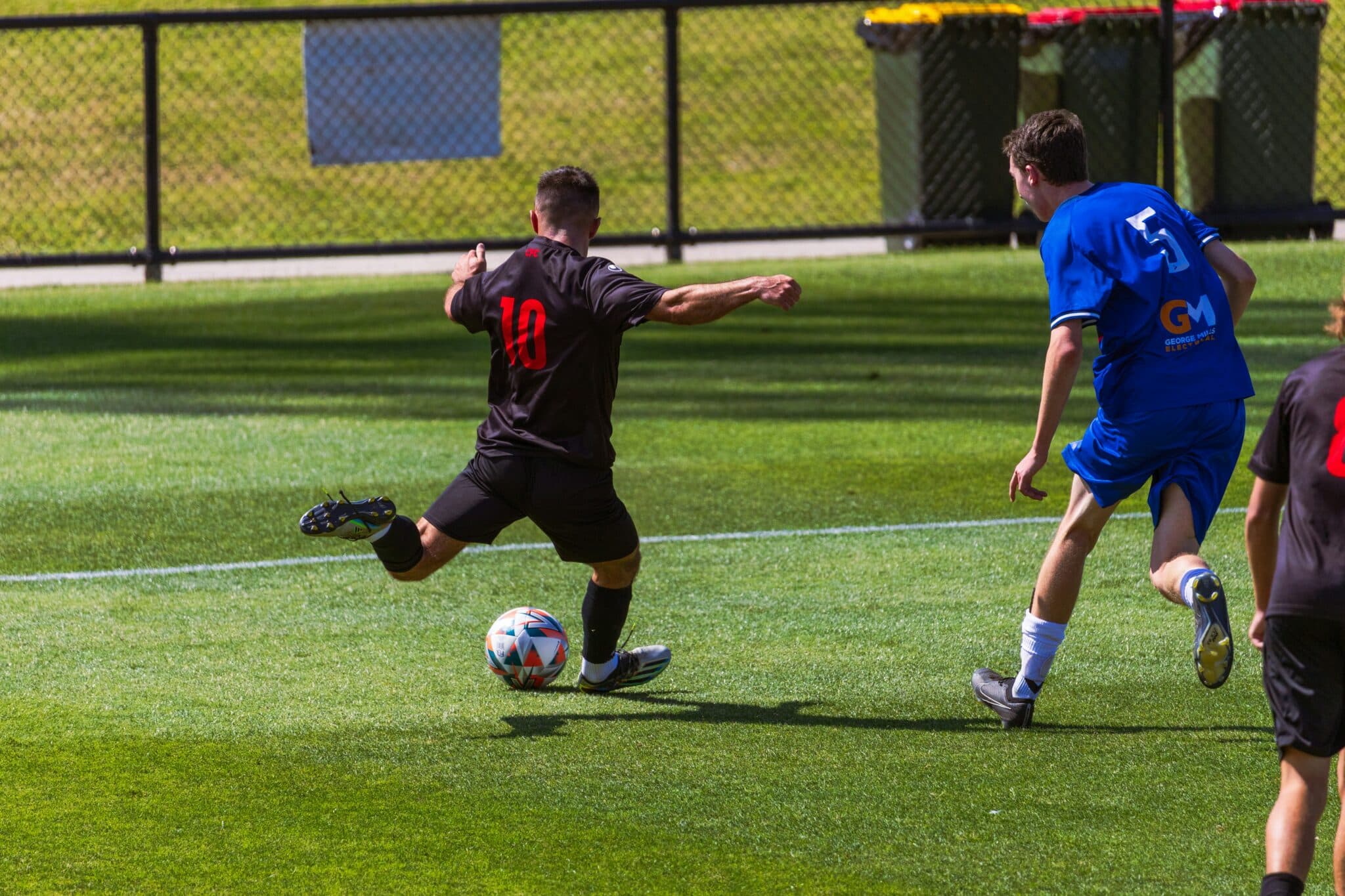
This A-League Mens season is set to go down in history for the most goals ever scored in a single campaign. Impressive. Instead, we’ll probably remember it as the year we paid the price for ruining football.
Goals have come in thick and fast, but so to have the red cards, which have become the new standard for “entertaining” matches in this competition.
Referees have dished out nearly 40 reds this campaign. More than 18 of the 25 rounds so far have featured at least one send-off. That’s a ridiculous 72 per cent. Of those, more than eight separate rounds have included multiple reds.
I’d say it’s unheard of, but then I may just get sent off myself for dissent, because that’s not even the worst of it.
We saw over 50 reds last season compared to only 15 in 2019/20 (albeit an 11-team season), 26 in 20/21 and 28 in 21/22.
Compare that to the increasing number of goals across those seasons—431, 471, 473 and 477 last year—and this year’s crazy tally of 508 goals, well before finals, means this is a serious problem.
It paints the picture that goals depend on refs reaching for their back pocket. If so, it’s a sad reality for the sport.
Does this mean good football in Australia can’t be achieved with 11v11? Or can it find a way to appease fans without this kind of drama every round?

Drama certainly ensued last weekend when Macarthur took a 1-0 win over Sydney FC with two less men due to some (let’s call them) contentious calls.
One talking point was defender Ivan Vujica’s red card after VAR checks deemed him to have dangerously clipped Joe Lolley’s foot in a challenge.
“I think it’s shocking,” Lolley said post-match, “It’s every week, it seems to be, in the A-League.
“He’s caught me a little bit, but it’s just football. You see them challenges (sic) every week. It makes you scared of trying to make a tackle.
“It’s a stupid amount of reds at the moment and they’re ruining games of football.”
Though Football Australia’s independent match review panel later rescinded the red card and overturned Vujica’s suspension, it’s beside the point. This is clearly affecting the game.
Come watch the A-League. You’ll see goals. You’ll also be seeing red.
Maybe red cards do get goals up, but there’s hardly any fun in that.
Although Sydney didn’t make the most of the advantage this time around, I don’t think it would’ve been more interesting if they did.
Even if your team dominates another, seeing games boil down to who can get a 10v11 advantage week on week cheapens the game after a while.
It’s easy enough to blame VAR, the football world’s “big brother” antagonist, for slowing the game down frame by frame.

We could call for its head—as so many have since it arrived on the scene—call it a day and get nowhere.
But it’s a bit deeper than that. It seems officials have forgotten that football is a contact sport.
Studs clash, players jump into tackles and contest for the ball. Things get physical. That’s football. It’s part of the game, and we need to let it breathe a bit.
Yes, sometimes that means a tougher, grittier 90 minutes. But players are up for that, and so are fans. It’s what everyone signed on for. Surely that’s better drama than this stop/start style of officiating.
It’s something the NRL has been under the microscope for lately, as fans get more frustrated with the constant reviews, stoppages and sanctions killing the flow of the game.
The A-League doesn’t need to follow. Otherwise, what might be on our hands is an entertainment calamity.
While the league’s corporate leadership may fear the idea that fewer red cards and fewer goals make for a boring competition, high scores aren’t the only reflection of what happens on the field.
Fans appreciate skill, attitude and determination—the human dimension of the game. They’re certainly not looking for a cheap win driven by drama and VAR.
